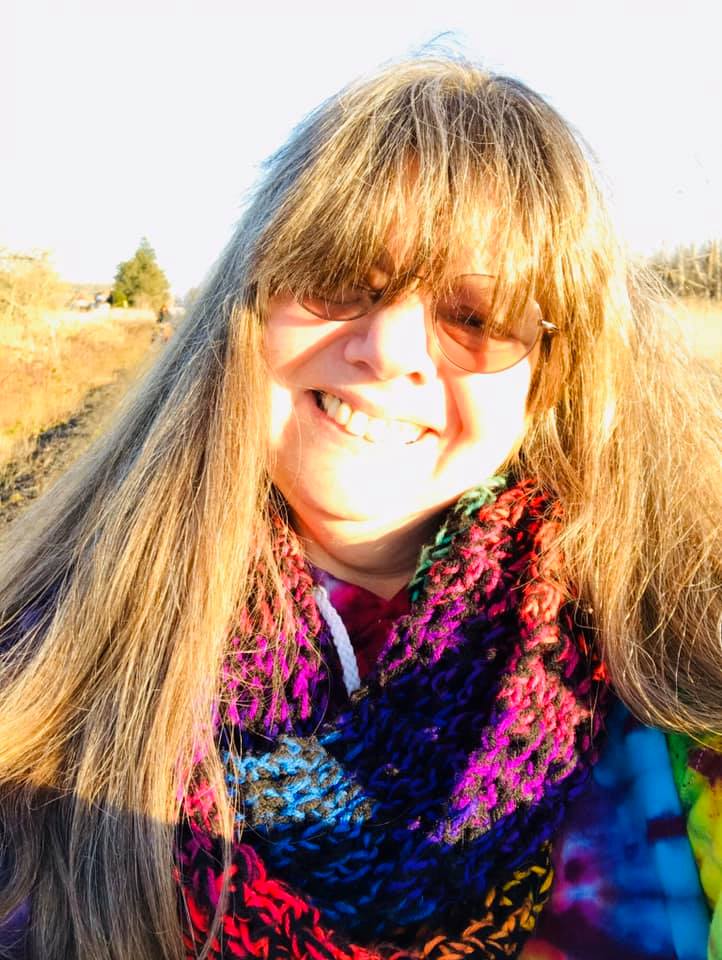
When I was a kid, if we wanted money, we’d find it. I grew up in San Francisco on Second Avenue near Lincoln Way and Golden Gate Park. Since I was around six or seven, I hung out with my younger brother and sister, Michael and Jenny, and the two boys who lived around the corner, David and Barry Hirrell. David was the oldest and biggest, usually the boss of everything. Then some of the Solis boys up the street joined our little gang as well — there were six Solis boys, and all looked exactly alike, except they were assorted sizes. Some of his brothers, including Roy and Kevin, the younger brothers, sometimes join us as well.
Our initial meeting place was always on our front porch at 1217 Second Avenue. It was a wide marble porch with two stoops on either side. We lived in the downstairs flat of the building, which was built in 1908. This was right around 1963 or 1964, before things changed. That was when the place we called The Greens in Golden Gate Park was exclusively our giant play area. Some folks called it the Kezar Triangle. But for us the place was forever the Greens. It was a triangular meadow surrounded by trees and bushes, an island of nature and beauty surrounded by the chaos of cars in both directions. We knew how to cross the streets though. We were city kids after all.
We also knew how to find money if we wanted or needed it. It was no big deal then. We always checked the phone booths and newspaper stands where people tended to leave change. Or I’d offer to play with Mrs. Vandeberg’s son across the street. He was just a toddler, maybe two years old, while she cleaned up the house. I wasn’t old enough to babysit until I turned eleven. That’s also around the time my brother and sister and I shared a paper route. But even when we were young, we were good at finding change. We’d pool all the coins we found and decide the best course of action. Was there enough for everyone to get a candy bar at UC Market? Or we could take the elevator up to the medical center cafeteria and buy ice cream cones for a nickel. This was our special secret place to buy ice cream cones. Even our parents didn’t know about it. The cafeteria was for the interns and doctors, but no one cared if we bought ice cream cones, lounged on comfy chairs, or watched color TV.
If we had a dollar, we could buy 19-cent kites, one for each of us to put together and paint with bright fluorescent colors. The Greens was the perfect place to fly them because it was always at least a little windy there.
I remember a trip to the Five and Dime store on Irving Street near our school where we purchased our 19 cent kites. I always picked a yellow kite. My favorite with a picture of a beautiful dragon on it. Michael picked a blue kite with a Pegasus and Jennifer a red and white kite.
“Check this out!” David Hirrell yelled as he surveyed the kite area. “This is even better than a dragon! A big bear!”
Ricky Solis found a kite with a cougar on it. “Check mine out!”
“No, it’s not. The dragon is the best, but I like the bear too,” I answered. David frowned as we all held on to our beloved kites, which we’d soon fly at the Greens.
We grabbed some old sheets, cut them to make tails for our kites, and painted them with fluorescent bright colors to enhance their pictures.
Sometimes, we’d fly our kites over and over again, and sometimes, the first time we flew them, they got stuck in the giant eucalyptus trees—the ones we couldn’t climb. We called that row of trees the graveyard for lost kites.
The fancier ones were thirty-nine cents, made of plastic instead of paper. I was proud that my kite lasted the longest—a yellow paper kite with a giant dragon on it. I painted it with bright colors; of course, it had a bedsheet tail.
If we wanted something, we figured out a way to get it. Why couldn’t life always be that easy?
“Oh no!” David yelled one day when his kite became one of the unfortunately stuck ones.
If we wanted something, we figured out a way to get it. Why couldn’t life always be that easy?
